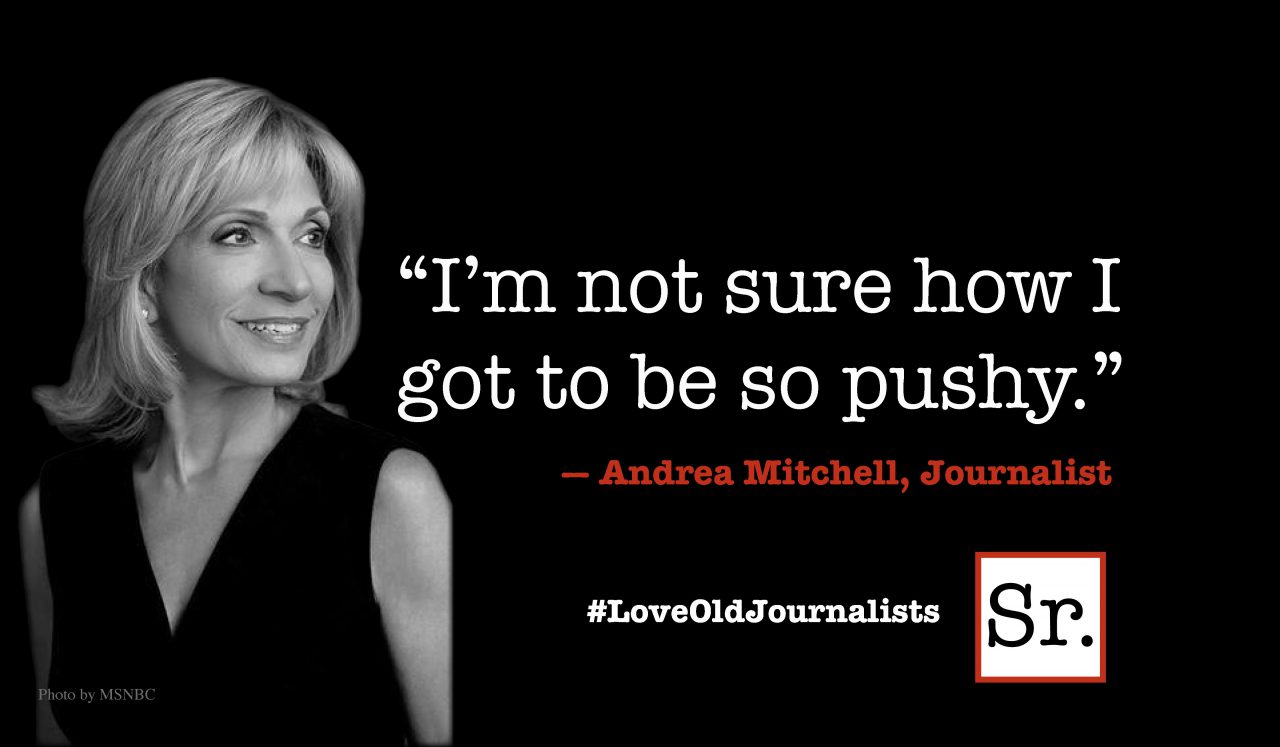During the war years there were two key ways for communication – radio and newspaper. The price for a radio made it available only to folks who could afford it, so the radio was less popular than the 5-cent newspaper. In Sioux Falls the Argus Leader was the primary source of daily news, but on weekends many people added the Minneapolis Tribune and the Sioux City Journal for their news sources.
I was only 10 years old when we moved from Sargent to Sioux Falls. I couldn’t get a paper route for another year. So I created a job. I would go door to door and relieve people of their used papers, bring them home, and tie them into bundles. Then Dad would take me to the recycle facility where I could sell the old newspapers. I was already saving for medical school. When I was 12, I wrote to the dean of the University of Minnesota, "What can I do now to increase my chances of getting into medical school?”
He reassured me that my goals and strategies were right on. Five years later, the University of Minnesota was the first medical school to accept me.
The daughter of one of the professors would frequently come over and talk while I was preparing the bundles of papers. She surprised me one day asking, “Have you ever had sex?” She was 13 and I was only 10, so I didn’t know much about it except that babies were frequently the result so the question really caught me by surprise. My goal was to become a doctor. A baby could really play havoc with that goal.
“No. Have you?”
“No, but I’d like to have sex with you." Apparently her hormones were a little ahead of mine. She tried to sell the idea on a couple more occasions, but I admitted I didn’t know enough about it to try it, and I didn’t want to risk anything that might impinge on my medical goal. One day she unbuttoned her blouse saying, “See, I’m already developing breasts.”
Again I turned her down, and in August her father got an appointment to a larger university and the family moved to Chicago.
When I turned 12, I discovered I could make more money by delivering the Sunday Minneapolis Tribune and Sioux City Journal. This meant only one day delivering and one day collecting payments from the customers. I did collecting on Saturdays and then Saturday afternoon I’d go downtown to turn in my money. I liked collecting because it brought me in contact with my customers. I was surprised at how many were in a foul mood, or would try to cheat me out of my money. But at the end of the route there was an old man with whom I would sit and talk. One day he took me out to his garage and showed me a 1922 Model T Ford with wooden spokes that he had up on blocks. “I’d like to give this to you” he said.
I immediately biked home and told my folks about the gift, but Dad said,“You can’t accept it. You are not old enough to drive and certainly not old enough to own a car." That would have paid my college tuition in another four years. I was so disappointed.
The newspaper manager had injuries from the war and could walk only with two crutches or else he used a wheel chair. It was chaos in his office when 30 to 40 paperboys all arrived to turn in their collections. At least half of them would have too little or too much money. He would take me first, because I seldom had an error, and then I’d help him with the others.
The next year he made me his assistant, and although I still had delivery routes, I got additional pay for helping straighten out the other paper boy’s cash management. I began to develop a sizable savings account in the bank. In my junior year of high school, the paper manager offered me the job of selling papers at the newly built veterans hospital out west of town. Here I would get a greater commission and would simply have to go room-to-room selling papers. I had to do it early before school, and it was a daily job, but I could start as early as 6 a.m. This was a fun job. I got to know the guys (in those days vets were essentially all men, at least in the hospital), and often after making my rounds on Saturdays I would visit with them. It was only about a 1.5 mile bike ride to the hospital from our house, which was easy except in the winter.
One morning there was a strong blizzard with heavy winds. It was hard to see the road on 22nd Street because of the blowing snow. I kept my head down, looking up only once in a while, when suddenly I hit the rear end of a parked Plymouth. I landed with my face on the license plate, which was mounted mid way up the trunk door of the 1945 Plymouth. Nothing seemed to be broken and I got back on my bike and rode up to the hospital. The first room I walked into was a four man ward and they gasped and then laughed when they saw me. I had several lacerations on my nose and forehead from landing on the license plate. They bled a little, but the blood had frozen. It was just beginning to thaw out when I made my rounds, and I now had blood all over my face, which was still numb from the cold. A nurse cleaned me up. I went on and finished making my rounds. The next time there was a blizzard, Dad let me use the family car, a ’47 Nash, to get out to the hospital.
I continued the paper business through high school and managed to organize my church, dates, and work at Sioux Falls College along with earning money for college tuition. From that time on I always had at least two jobs, with a goal of medical school.









